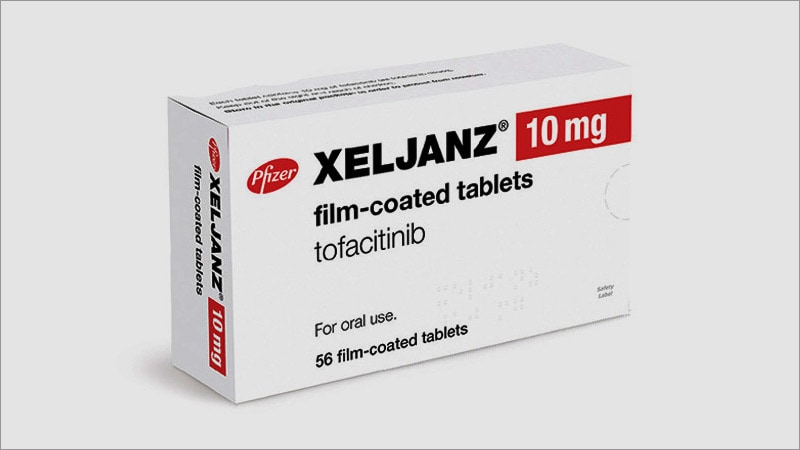— It’s been a long road to Medicare price negotiation … and there’s still work to be done
by
N. Adam Brown, MD, MBA
September 1, 2023
Brown is an emergency medicine physician and business expert.
Remember the “Rent is Too Damn High Party” from the early 2000s, which starred New York City mayoral and gubernatorial candidate Jimmy McMillan? While this single-issue campaign didn’t find electoral favor, it was attention-grabbing, even earning features on Jimmy Kimmel and Saturday Night Live.
I’ve been thinking about the campaign’s message as the fever surrounding pharmaceutical pricing has spiked. I not only raise this campaign with my University of North Carolina MBA students when we discuss the issue, I’ve also asked them to write a paper taking a position: Are drug prices too high, or are they on the mark?
While I don’t tell my students what to conclude, I believe the answer is clear.
Like housing prices, drug prices are too high. And that’s exactly what the Biden administration concluded as well.
Drug Prices Are Damn High
The cost of prescription drugs in the U.S. consistently eclipses prices in other countries. They are a staggering average 156% higher, in fact.
Drug companies argue domestic costs are higher because the U.S. drives medical innovation and we subsidize care in other countries. They say, given the substantial challenges of drug development, including high rates of trial failures and lengthy research timelines, recouping research investments is crucial if we want future breakthroughs. We should make other countries pay first before doing anything else here, they argue.
While that may be true, it is also true that current prices are too damn high for most Americans to get the care they need.
Consider these statistics:
- 66% of American adults rely on prescription medications.
- 40% of Americans say they struggle to pay for medications.
- Many Americans skip doses or cut pills in half to make their prescriptions last longer.
- 90% of Americans say their drug costs are higher or the same as the year before.
- The top five drug companies last year made more than $80 billion in profit.
There are downstream effects when a patient doesn’t take their medications. Diseases and disorders worsen, leading to more expensive conditions. That leads to higher spending by patients, insurance companies, and taxpayers (because of Medicare and Medicaid).
EpiPens and insulin serve as stark examples of too-high prices. In the case of insulin, a life-sustaining medication for millions, the inexplicable price hikes over the past years have left many in dire straits. Prices for EpiPens have surged to astonishing heights. It is difficult to believe profits from these two relatively well-known drugs are driving innovation. In reality, they are likely padding bottom lines. Americans cannot live without these medications. Why not exploit that fact? Especially when, as in the case of many life-saving medications, you have a monopoly on the market. Soaring costs are often less about innovation and production expenses and more about capitalizing on a captive market.
How Did We Get Here?
In 2003, the Bush administration introduced Medicare Part D, which aimed to reduce elderly Americans’ drug cost burden. Over the years, this law expanded and gradually closed the infamous Medicare Part D “donut hole,” providing relief to countless beneficiaries (although the hole still exists).
But there was a catch: the legislation that authorized Medicare Part D did not allow the federal government to negotiate drug prices. It banned this tool from being used, in fact.
Democrats in Congress at the time warned this ban would mean Medicare Part D would fuel drug industry profits while doing little to increase innovation or improve care. That is exactly what happened, and because the government could not negotiate, U.S. taxpayers paid what drug companies charged, and Medicare beneficiaries paid higher copays for lifesaving drugs.
Over the years, the healthcare industry has tried to compensate for the absence of price negotiation and curb rising drug prices. One method was by leveraging pharmacy benefit managers (PBMs), entities that act as intermediaries and negotiators between patients, pharmacies, and insurance companies. Unfortunately, these middlemen only introduce complexities into the market that contribute to escalating drug costs.
And, as the healthcare market has become more vertically integrated (today, it is hard to separate PBM from insurers), drug prices still rose. (That’s right, those pesky near-monopolies strike again…)
In Comes the Inflation Reduction Act
Even though the U.S. Department of Veterans Affairs has been able to negotiate drug prices for years, the Centers for Medicare & Medicaid Services (CMS) only won that right with last year’s passage of the Inflation Reduction Act (IRA). Until then, CMS was only able to determine what drugs the agency would buy.
Two parts of the IRA focus on drug pricing: pricing caps and negotiating with drug companies. Both components take an incremental approach to reform, so it will be a while before taxpayers and patients see the true effects of this change. (Still, when taken in its entirety, the Congressional Budget Office predicts the IRA will save taxpayers $238 billion over the next 10 years.)
Here is what the IRA does with regard to pricing caps:
- Mandates insulin must be available at $35/month per covered prescription
- Ensures access to recommended adult vaccines without cost-sharing
- Institutes a yearly cap ($2,000 in 2025) on out-of-pocket prescription drug costs in Medicare
- Expands the low-income subsidy program (LIS or Extra Help program) under Medicare Part D to 150% of the federal poverty level starting in 2024
The IRA goes further with regard to Medicare Part D drug price negotiations and limiting the rate at which drug companies can raise prices. CMS just announced the first 10 drugs for which it plans to negotiate the “maximum fair pricing,” with implementation by 2026.
As expected, some drug manufacturers have filed lawsuits asserting the IRA is unconstitutional. While they cite First Amendment rights violations and others, these companies are probably not worried about their free speech rights. They more likely are worried about declining revenue. Drug manufacturers want to continue to charge U.S. taxpayers more for drugs than they do other countries, and they want to continue to make significant profits. They don’t want anyone on the opposite side of the negotiating table.
As noted above, drug company supporters argue the U.S. government’s role in negotiating drug prices could stifle innovation. While profitability is the engine of innovation, how much profitability is needed to innovate is not clear. The smallest drug companies with the least revenue actually have the most drugs in development. Early-stage biopharma companies (not those targeted by Medicare negotiations) are responsible for 80% of the drug pipeline. The profits from the largest drug companies (those targeted by Medicare) mostly go to stock buy-backs, not innovation.
Even in the name of innovation, patients and taxpayers should not be forced to take the price given to them. The federal government sets parameters of pricing for all sorts of vendors all the time. Consumers, represented by CMS, deserve to have a seat at the negotiating table.
N. Adam Brown, MD, MBA, is a practicing emergency medicine physician, founder of ABIG Health, and a professor at the University of North Carolina’s Kenan-Flagler Business School. Previously he served as president of emergency medicine and chief impact officer for one of the nation’s largest national medical groups.
Note: This article have been indexed to our site. We do not claim legitimacy, ownership or copyright of any of the content above. To see the article at original source Click Here













